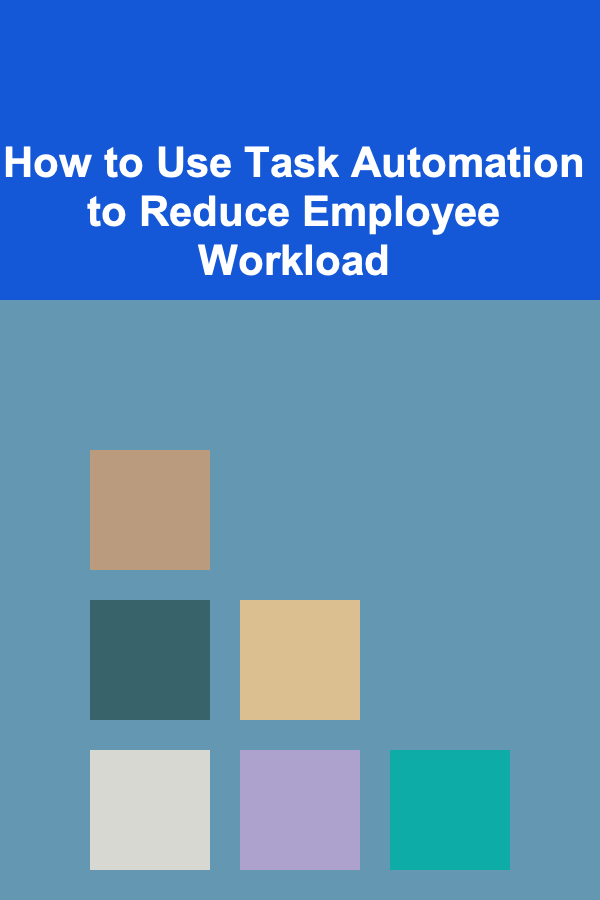
How to Create a Job Interview Checklist for Perfecting Your Body Language
ebook include PDF & Audio bundle (Micro Guide)
$12.99$5.99
Limited Time Offer! Order within the next:

When preparing for a job interview, many candidates focus on rehearsing their answers, researching the company, and selecting the perfect outfit. However, one of the most powerful tools at your disposal during an interview is your body language. Studies suggest that non-verbal communication makes up a significant portion of the messages we convey to others, with some estimates placing it as high as 55%. This means that, regardless of how well you articulate your qualifications, your body language can have a profound impact on the impression you leave.
Perfecting your body language is an often overlooked yet critical part of interview preparation. This actionable guide will help you create a job interview checklist to refine your non-verbal communication and present yourself as confident, composed, and engaged throughout the interview process.
Understand the Importance of Body Language in an Interview
Body language isn't just about looking confident --- it's about sending the right signals to your potential employer. Whether consciously or subconsciously, people use body language to interpret emotions, intentions, and confidence levels. In an interview, your interviewer is not only assessing your qualifications but also gauging your interpersonal skills, trustworthiness, and attitude. By aligning your body language with your verbal responses, you can reinforce your messages and demonstrate your suitability for the role.
Key Body Language Messages:
- Confidence: Standing tall, making eye contact, and using purposeful gestures can convey that you are confident in your skills.
- Interest: Leaning slightly forward, nodding, and mirroring the interviewer's body language show that you are actively engaged.
- Respect: Maintaining good posture, controlling fidgeting, and avoiding distracting habits can show that you respect both the interviewer and the process.
- Openness: Using open hand gestures, uncrossing your arms, and maintaining a relaxed posture can indicate that you are approachable and receptive.
Create Your Pre-Interview Body Language Checklist
Before walking into an interview room, it's important to prepare your body language just as carefully as you prepare your responses. This section will guide you through the key physical behaviors you should practice and perfect before your interview.
1. Posture
Your posture is one of the first things an interviewer will notice, and it plays a critical role in forming a positive impression. A confident posture demonstrates professionalism and self-assuredness.
- Checklist :
- Stand tall with your shoulders back.
- Keep your feet flat on the floor, hip-width apart when seated.
- Avoid slouching or leaning too far back in your chair.
- Keep your back straight, even when relaxed, to convey confidence and readiness.
2. Eye Contact
Maintaining appropriate eye contact during an interview signals attentiveness and confidence. Too little eye contact may come off as disinterest or insecurity, while too much can feel aggressive.
- Checklist :
- Make eye contact with the interviewer when speaking and listening.
- Look away occasionally to avoid staring, but always return your gaze to the interviewer's eyes.
- Practice balancing eye contact with other non-verbal cues, like nodding, to indicate you're actively engaged.
3. Smile
Smiling during the interview conveys warmth and approachability. However, over-smiling can appear insincere, so it's essential to strike the right balance.
- Checklist :
- Smile naturally when you greet the interviewer and after responding to positive or engaging questions.
- Avoid a forced or exaggerated smile, which may appear fake.
- Practice smiling in the mirror to become comfortable with a genuine expression.
Mastering Gestures and Hand Movements
The use of hands and gestures can significantly impact how your message is received. They can help emphasize points and make you appear more dynamic, but excessive or erratic gestures can be distracting.
1. Hand Gestures
Using hand gestures appropriately can make you appear more passionate, confident, and articulate. However, uncontrolled gestures can be distracting and may undermine your message.
- Checklist :
- Keep your hand movements natural and purposeful.
- Avoid fidgeting or excessive hand gestures, which can make you seem nervous.
- Practice using hand gestures to emphasize key points while speaking.
- When not using gestures, keep your hands rested calmly on your lap or the table.
2. Mirroring the Interviewer
Mirroring the body language of the interviewer can create a sense of rapport and connection. When done subtly, it makes the conversation feel more comfortable and harmonious.
- Checklist :
- Pay attention to the interviewer's gestures and posture.
- If they lean slightly forward, do the same.
- If they cross their legs, you may consider doing so as well (without overdoing it).
3. Avoiding Negative Gestures
Certain gestures can signal discomfort, nervousness, or insecurity. These include crossing your arms, tapping your foot, or playing with your hair. Such behaviors can make you seem closed off or distracted.
- Checklist :
- Avoid crossing your arms, as it can be perceived as defensive.
- Keep your hands and legs uncrossed to appear more open and approachable.
- Be mindful of nervous habits like tapping your fingers or bouncing your leg.
How to Perfect Your Facial Expressions
Your facial expressions communicate a lot about how you're feeling during the interview. Even if you're not speaking, your face may reveal emotions like anxiety, disinterest, or frustration. Learning to control your facial expressions ensures that they align with the message you're trying to convey.
1. Neutral Expression
A neutral expression will help avoid sending mixed signals. You want to appear engaged but not overly emotional or distracted.
- Checklist :
- Keep your face relaxed and avoid tense jawlines or raised eyebrows.
- Maintain a pleasant but not exaggerated facial expression throughout the conversation.
2. Emphasizing Positive Emotions
When discussing your skills, experiences, or positive aspects of the company, a subtle smile or a look of enthusiasm can make your responses more compelling.
- Checklist :
- Smile slightly when discussing positive topics or achievements.
- Avoid frowning or looking disinterested when the interviewer is talking.
Post-Interview Body Language: The Follow-Up
Your body language doesn't end once the interview is over. How you exit the room can leave a lasting impression.
1. Handshake
A firm handshake is often one of the final moments of an interview and can leave a lasting impression. A limp or overly strong handshake can send the wrong message.
- Checklist :
- Offer a firm but not aggressive handshake, with a full grip and brief duration.
- Ensure that your hand is dry and free of sweat.
- Make eye contact and smile while shaking hands to convey confidence and warmth.
2. Exit with Purpose
As you leave the room, maintain your confident posture and express gratitude through your body language.
- Checklist :
- Stand tall as you exit, walking with purpose.
- Maintain a positive facial expression, even if the interview didn't go as well as you hoped.
- If appropriate, thank the interviewer verbally with a warm "thank you" and a smile as you leave.
Practicing and Refining Your Body Language
Perfecting your body language takes time and practice. The more conscious you become of your physical presence during an interview, the more natural and effective your body language will be.
1. Practice in Front of a Mirror
Rehearse your answers and practice your body language in front of a mirror. This allows you to observe your gestures, posture, and facial expressions, helping you adjust them to appear more confident and relaxed.
2. Record Yourself
Recording yourself during mock interviews can give you a better sense of how your body language appears to others. Pay attention to any habits or expressions you might not be aware of.
3. Get Feedback from a Trusted Friend
Ask a friend or mentor to give you feedback on your body language during a mock interview. They can point out areas that may need improvement and offer suggestions for refining your non-verbal communication.
Conclusion
Your body language is a vital part of how you present yourself in a job interview. By focusing on your posture, eye contact, gestures, and facial expressions, you can significantly improve your chances of making a positive impression on your potential employer. Developing a checklist for perfecting your body language, practicing in front of a mirror, and getting feedback will help you feel confident and prepared, ensuring that your non-verbal communication supports your verbal responses and ultimately strengthens your candidacy.
With this guide, you now have the tools to refine your body language and take your interview performance to the next level.

How to Get a High-End Look Using Budget Furniture
Read More
How to Use Coupons and Discounts to Save Money
Read More
How to Use Task Automation to Reduce Employee Workload
Read More
Navigating Complex Markets as a Business Consultant: A Practical Guide
Read More
The Cloud Architect's Guide: Designing Scalable and Secure Cloud Solutions
Read More
Transform Your Business with CRM: A Comprehensive Guide for CRM Specialists
Read MoreOther Products

How to Get a High-End Look Using Budget Furniture
Read More
How to Use Coupons and Discounts to Save Money
Read More
How to Use Task Automation to Reduce Employee Workload
Read More
Navigating Complex Markets as a Business Consultant: A Practical Guide
Read More
The Cloud Architect's Guide: Designing Scalable and Secure Cloud Solutions
Read More